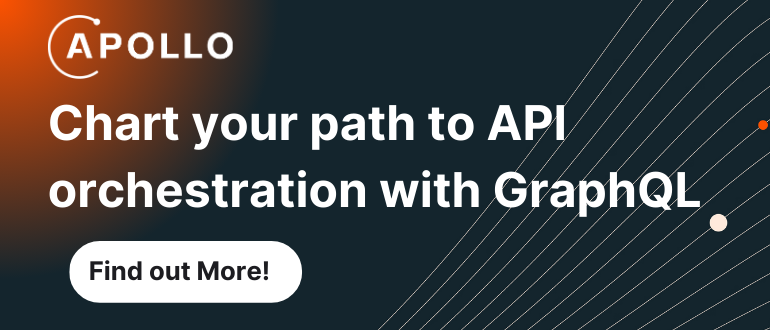DataRobot,a provider of a platform for building artificial intelligence (AI) applications, this week acquired Agnostic, a provider of an open source distributed computing platform, dubbed Covalent, that will be integrated with its machine learning operations (MLOps) framework.
Based on Python, Covalent is an orchestration platform that provides IT teams with a serverless computing framework that enables them to maximize utilization of IT infrastructure,
Venky Veeraraghavan, chief product officer for DataRobot, said Covalent will provide the foundation for deploying and orchestrating applications at scale across a hybrid IT environment using a set of Git-based workflows that provides IT teams with a higher level of abstraction that makes managing a set of clusters running Kubernetes, Slurm or Nomad easier, he noted.
Additionally, IT teams will be able to configure rules based on cost and latency thresholds to create queues that determine which specific processes need to be prioritized.
As more organizations begin to build and deploy AI agents running on multiple classes of processors, the ability to control how IT infrastructure is being allocated to what eventually will become thousands of AI agents will prove to be crucial, said Veeraraghavan.
Covalent enables organizations to achieve that goal in a way that doesn’t result in the organization becoming locked into a specific infrastructure platform, he added
Agnostic reports there are more than 5,000 users of a Covalent platform that has been downloaded more than 140,000 times. Many of those instances were initially deployed by data science teams, but as more AI applications are built and deployed, the responsibility for managing the inference engines on which these applications are based is rapidly shifting to IT teams. The challenge then becomes integrating the deployment of AI inference engines with the DevOps workflows used to build and deploy other software artifacts.
In general, MLOps workflows are employed by data science teams to build AI models. DataRobot, with the acquisition of Agnostic, is now extending its reach into the realm of infrastructure management to bridge a divide that often exists between data science teams that build AI models and the IT teams that are increasingly responsible for deploying them.
It’s not clear to what degree organizations have operationalized AI, but the number of these applications that will be deployed in production environments over the coming months will exponentially increase. While many of these AI applications will undoubtedly be constructed in the cloud, a large percentage of them, because of latency requirements, will need to be deployed in on-premises IT environments or at the network edge where the data that drives them already resides. The challenge, of course, then becomes observing and monitoring those AI models to ensure that as they are exposed to additional data, they don’t drift beyond the parameters of their defined mission.
Each organization will naturally need to determine how best to integrate their MLOps and DevOps workflows, but the one thing that is certain is there are going to be plenty of technical and cultural challenges ahead.











